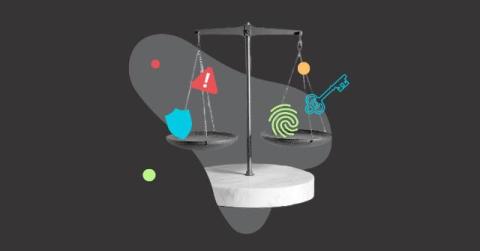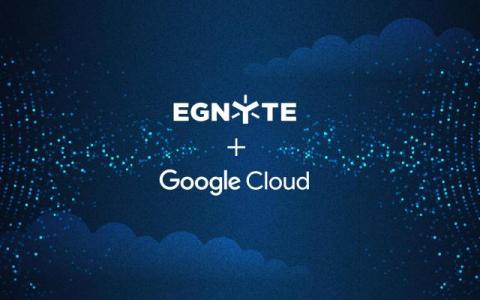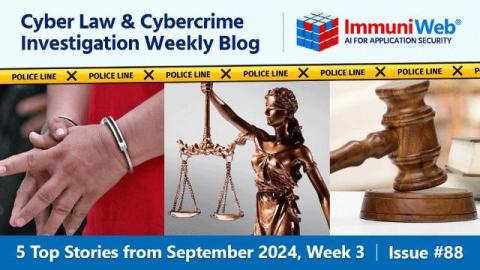Detect and Prevent Insider Threats with Lookout
Discover how to safeguard your organization from one of the most significant threats: malicious insiders. Learn to differentiate between legitimate user behavior and nefarious activities. By leveraging user and entity behavior analytics (UEBA), real-time alerts, adaptive security policies and dynamic decryption, the Lookout Cloud Security Platform ensures comprehensive protection against insider threats.











